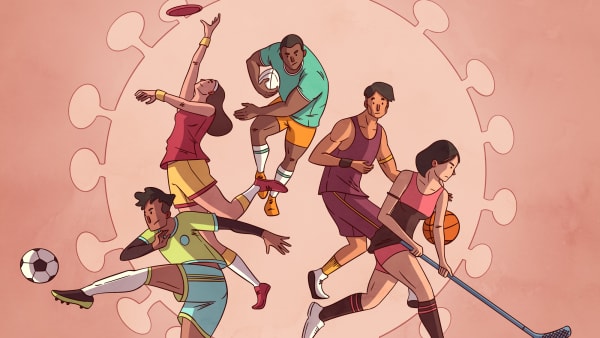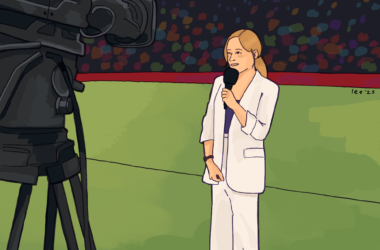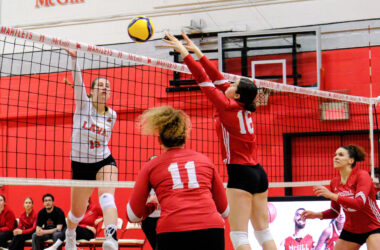Canadian university athletes’ collegiate careers are short. Under current U Sport eligibility rules, athletes are restricted to only five years of eligibility, providing a challenging timeline for those looking to make an impact on their programs. Individuals are given a year—including the off-season—to take on the mantle of captain or president, to either reform or reinforce structure and values within their teams. The McGill Tribune sat down with Martlets rugby captain Davine Yang, Redbirds hockey captain Taylor Ford, and Redbirds rugby co-president Owen Cumming to discuss their paths to leadership in their respective programs.
For some, such as Ford and Cumming, leadership opportunities came early, as seen through their respective histories within the Halifax Mooseheads and the Shawnigan Lake School rugby program. Others, such as Yang, gradually ascended to their leadership positions due to their experience and seniority.
“I kind of just stepped into it,” Yang told the Tribune. “As the years progressed and everyone else became my rookie […] it kind of transitioned [from] being the baby of the team to being the one that has been around the longest and so everyone kind of looks to you to troubleshoot.”
Becoming the team troubleshooter comes with many challenges—both expected and unexpected. Cumming detailed that the COVID-19 pandemic was a major obstacle to organizing Redbirds rugby, with teammates spread out across the globe. Even outside of navigating a global pandemic, leaders are often faced with the burden of making a direct impact on their programs. Yang recounted the pressure she felt to reform the team this season.
“[With] every captain, there’s pressure to do well,” she admitted. “I think the pressure that I felt was on me this year was to try to start turning us around.”
Yang, Cumming, and Ford all expressed feeling privileged to take on leadership roles. However, in challenging circumstances, like those detailed above, they all emphasized that support from those around them was paramount for growing into their current positions.
“My captain at the time took me under his wing and we had good discussions about what it is to be a leader,” Ford explained. “I do have to give a lot of credit to my past leaders and guys I’ve looked up to [….] It’s definitely kind of like a trickle-down effect from leader to leader.”
“My biggest struggle was learning how to do what’s best for the group and not what I think was best for the group,” Cumming said, emphasizing the importance of his peers and co-president Peter Demers. “When I thought that something went well in my head, [I would use] guys in our leadership group as a sounding board.”
One cannot discuss any team sport without talking about culture. A team goes beyond a group of people who play the same sport; it’s about a community that supports and aims to better its members. This takes on a variety of forms: Giving back to the sport, competing against like-minded opponents, focusing on core values, or just pure love of the game. All of these and more are considered by leaders striving to unite their teams.
“You don’t necessarily need to always get along,” Ford said. “But as long as there’s respect towards each other, that’s when everybody can start going in the same direction.”
“I came into this year hoping that we could reset the culture,” Yang stressed about her aspirations to inspire her team. “Getting players to be less extrinsically motivated, to be more intrinsically motivated, to […] be better than their past selves.”
“It’s thinking about the players that wore the jersey before you, the players that will wear it out for you, and what you can do to move the needle during your time wearing it,” said Cumming. “It’s less what sets the player apart and more what the player wants to offer. I think that that’s what matters.”
“Culture” and “leadership” are often used as buzzwords in sports, but their real-life manifestations instill pride in all members of a program. It is critical that varsity leaders build on the foundations of the strong culture established before them, or work to develop one themselves, because the impact of a strong leader reverberates far beyond their eight-month term. It doesn’t necessarily take having a leader to buy into a culture, but it takes leadership to provide a culture that matters to its members.








